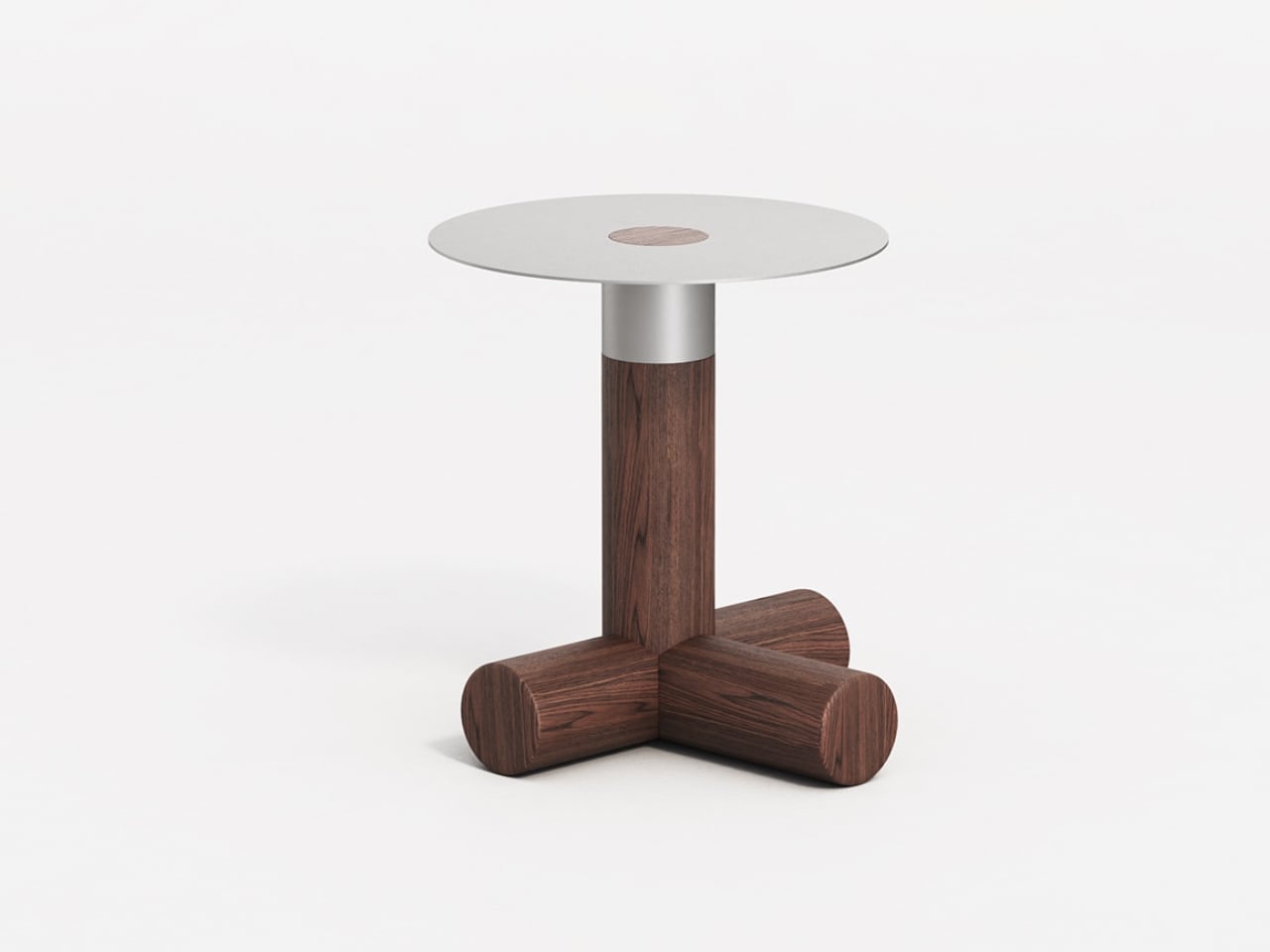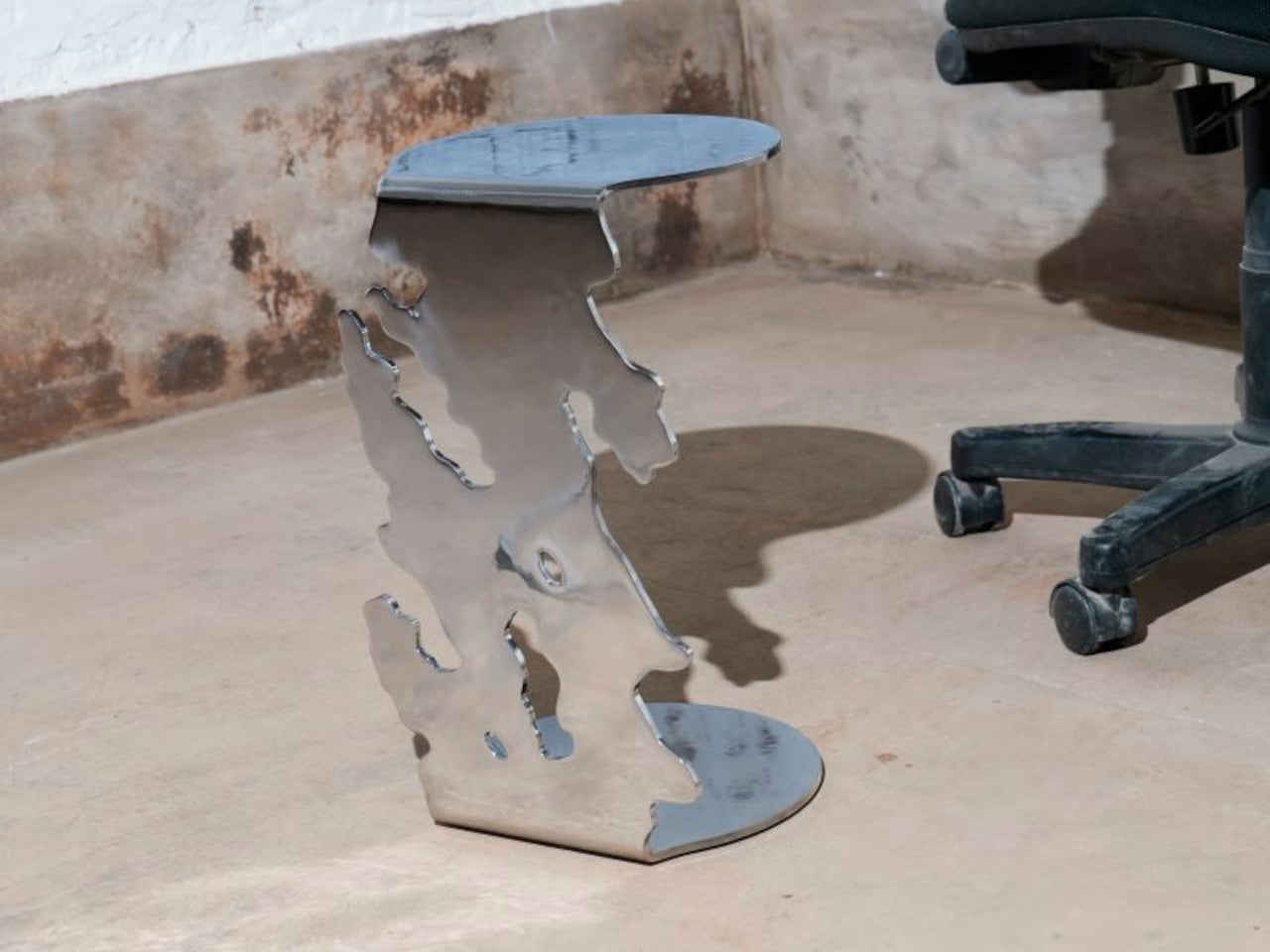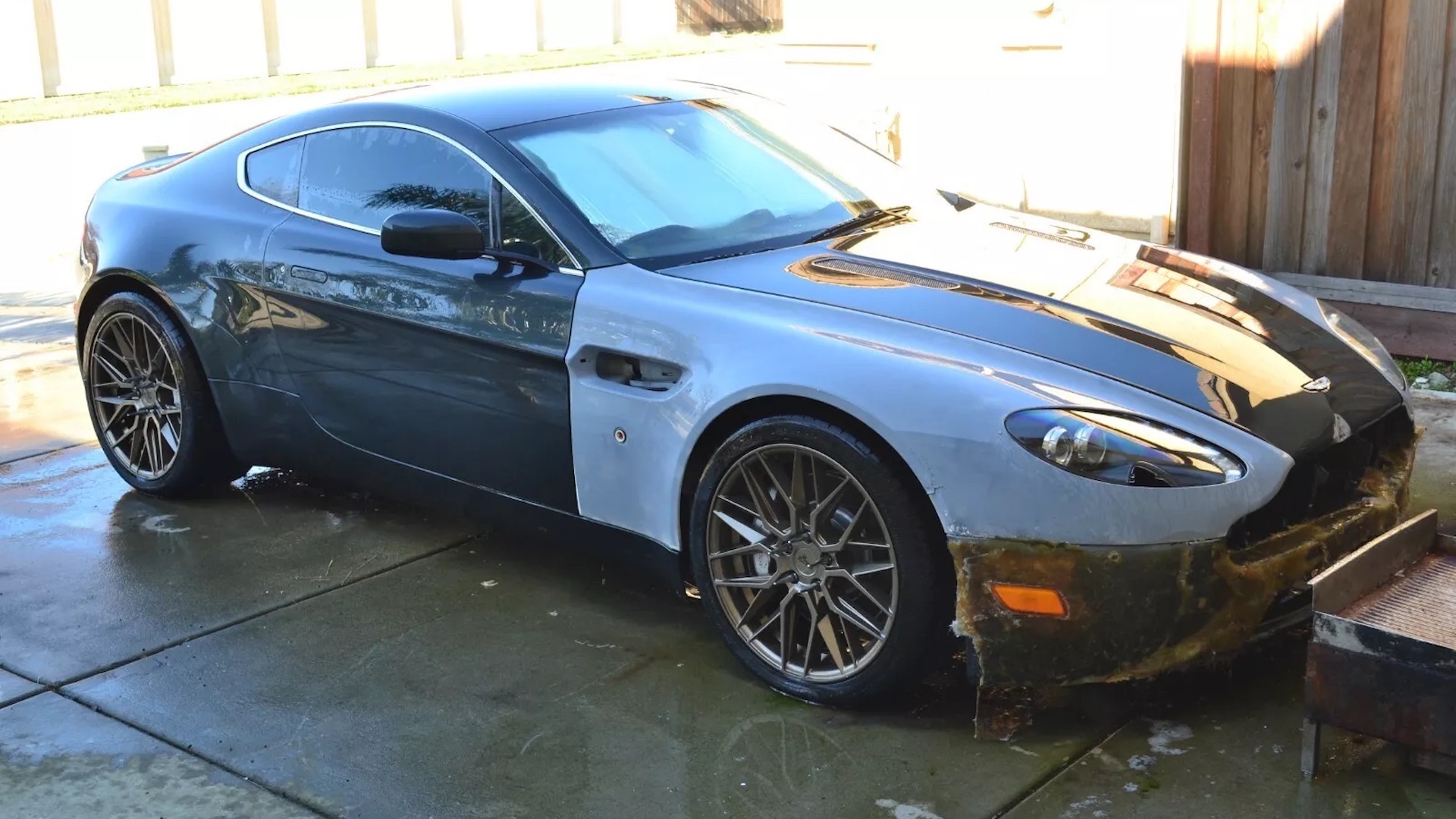History Must Never Forget the Twin-Engine, Six-Wheeled Renault 5 Turbo
The Turbo version had two motors, two gearboxes, shorter braking distances, and hella character. Sadly, it burned away in a garage fire in 2002. The post History Must Never Forget the Twin-Engine, Six-Wheeled Renault 5 Turbo appeared first on The Drive.
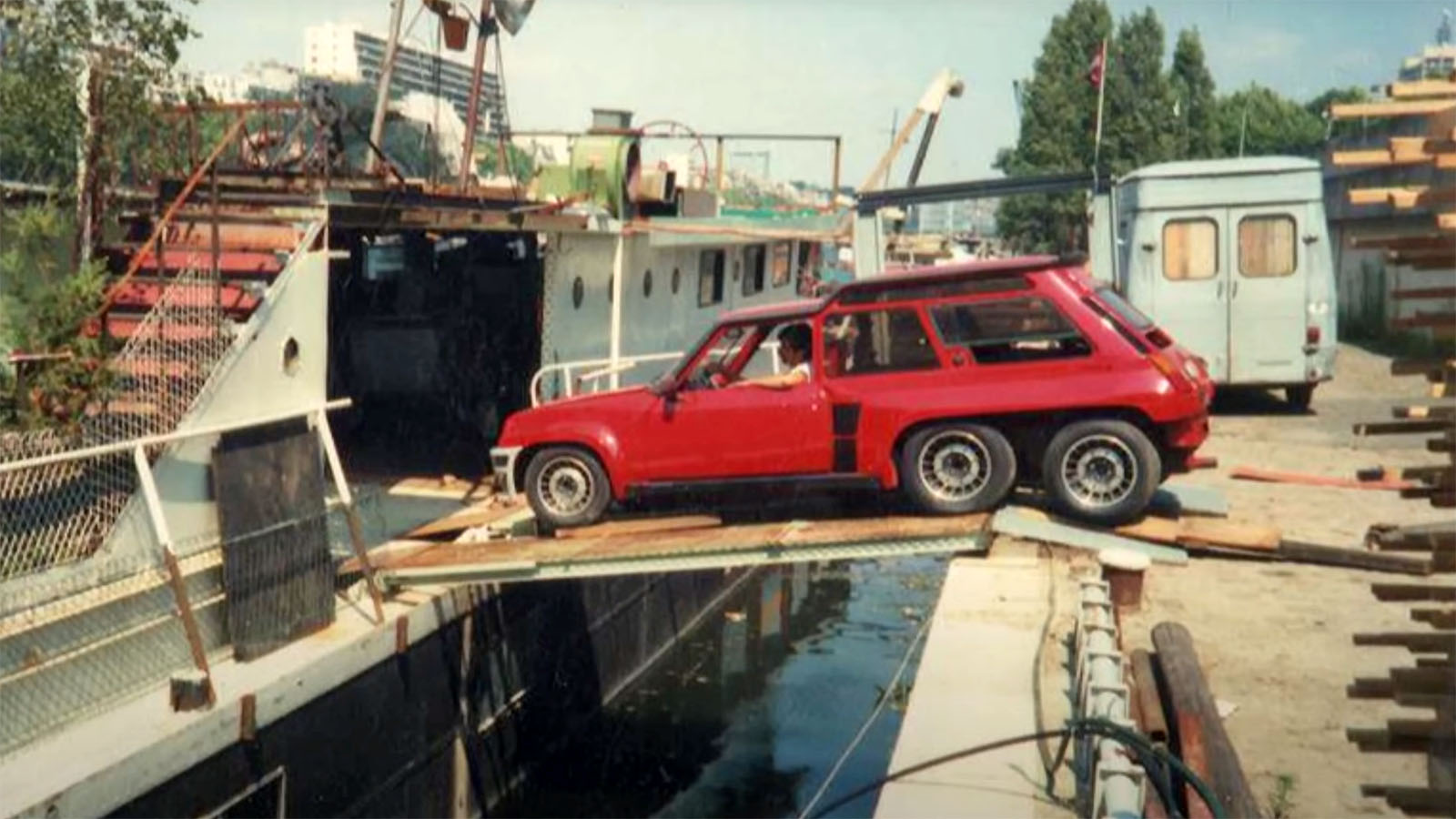
What do you do when a rear-mid-engined, rear-wheel-drive French hot hatch just isn’t quirky enough? You give it two extra wheels, that’s what. A French man named Christian de Léotard did just that in 1979, building an R5 Turbo with six wheels and two engines.
The creator was inspired by coachbuilt, six-wheeled commercial Range Rovers, according to Hagerty. After working for Rover and a coachbuilding firm that specialized in multi-axle, Citroën-based vans and transport trucks, de Léotard went out on his own to build something arguably less useful but a lot more fun: the 6×6 Renault 5.

With six wheels, it was said to boast improved road-holding over the standard Renault 5 and its braking distances were apparently shortened by 33%. Overall, the vehicle was almost 28 inches (71 cm) longer than a standard car and cost about 20,000 French francs when new.
In case you’re unfamiliar, the Renault 5 was a small, front-engine, front-drive hatchback that first debuted in 1972 meant to serve as a then-modern, boxy, French alternative to the Minis and Fiat 500s of the world. Multiple high-performance versions were made over the years and among the first hot hatches to come on the scene—the 1976 R5 Alpine predated even the original Volkswagen Golf GTI by two months. Of course, the most famous of them was the R5 Turbo, which radically moved a turbocharged engine behind the driver and was rear-wheel drive. Success in WRC and an extremely wide pair of rear fenders are its other claims to fame.

De Léotard went on to convert these sportier R5 Alpines and Turbos into six-wheelers too, entering them in motorsport if you can believe that. A silver 6×6 Alpine even took part in the Paris-Dakar Rally. (It didn’t finish, but it did participate, per Hagerty.)
The 6×6 R5 Turbo was light and surprisingly fast—it reportedly weighed just over 2,100 pounds. Because the Renault’s turbo engine would’ve been too much for this car’s Sinpar four-wheel-drive transmission, the 6×6 was fitted with a second engine, giving it one at each end. A post by Auto Retro on Facebook alleges the original 5 Turbo motor stayed intact in the rear, while a 5 Alpine motor was added up front.
According to SixMania, a site run by six-wheel vehicle enthusiast Marc Simonnet, Christian himself described the powertrain as a bit like a “train fitted with two locomotives,” with each engine powering its own set of wheels. They can apparently either work in tandem or independently, and are attached to their own gearboxes—yes, that means there are two five-speed manual shift levers beside the driver.

Also found on SixMania are pictures of multiple miniatures of the 6×6 R5. It’s unclear who made these or where they came from, but little diecasts and slot cars of the six-wheel Renault existed at one point in time. Interestingly, the article alleges that de Léotard ordered 10 from an individual who made some from scratch, but never paid up.
De Léotard later went on to build and race six-wheeled versions of the Mercedes G-Wagen and 190 sedans. Legend has it that the modern Mercedes-AMG G63 6×6 was directly influenced by his creations.
Exactly how many 6×6 Renault 5s were made remains a mystery, but sadly, at least one Turbo was destroyed in a fire more than 20 years ago. Per SixMania, the car was stored in a garage near the French town of Nevers at the turn of the century, and the garage and everything in it went up in flames in 2002. This garage also was said to house body moldings that were to become a 6×6 version of the Clio Sport.
The reason behind de Léotard’s reluctance to retrieve the car after the fire is unclear, but SM says he was “waiting for a reimbursement” from insurance and that there were complications regarding the owner of the garage. Christian de Léotard sadly passed away in 2014.
Over the years, some remnants of the blaze have reportedly been taken by visitors (many of the charred 6×6 R5 Turbo’s wheels, body panels, and interior bits are missing in the pictures above), and the site is said to have been quite popular with urban explorers. “Quite personally, I think it will be very difficult to restore this R5 Turbo 6×6 but I still think it’s a shame to let it rot there,” writes Simonnet.
According to a 2019 article by Secret Classics, “another French car collector wouldn’t let this unique car be scrapped. He saved the wreck with a lot of effort.” The same article says the 6×6 Alpine that took part in the Dakar was once parked in the underground garage of Musée d’Art Classique de Mougins in Mougins, France, a museum that permanently closed in August 2023.
All of that being said, concrete, verifiable location details and up-to-date visuals of these cars are scarce, to say the least. We’ve reached out to Simonnet as well as Christian de Léotard’s son, Camille, for more details about the 6×6 R5, but have yet to get a response. This is the internet, though, and we’d be willing to wager that one of you out there knows more about these cars and where they’re at these days.
If that’s you, we’d love to chat. Fair warning, though: my French is pretty rusty.
Know more about the 6×6 R5 Turbo? You can reach the author here: chris.tsui@thedrive.com
The post History Must Never Forget the Twin-Engine, Six-Wheeled Renault 5 Turbo appeared first on The Drive.





















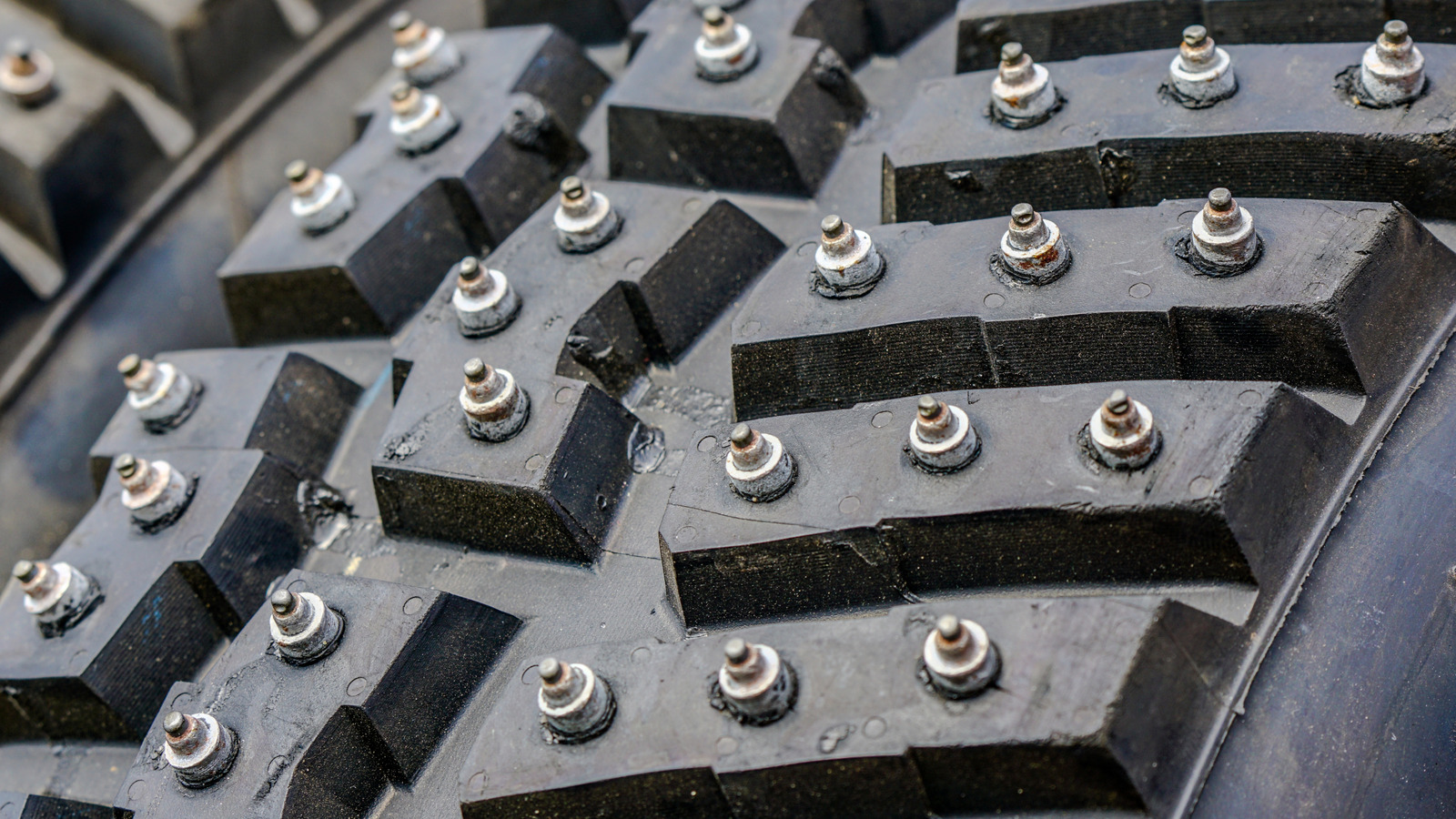





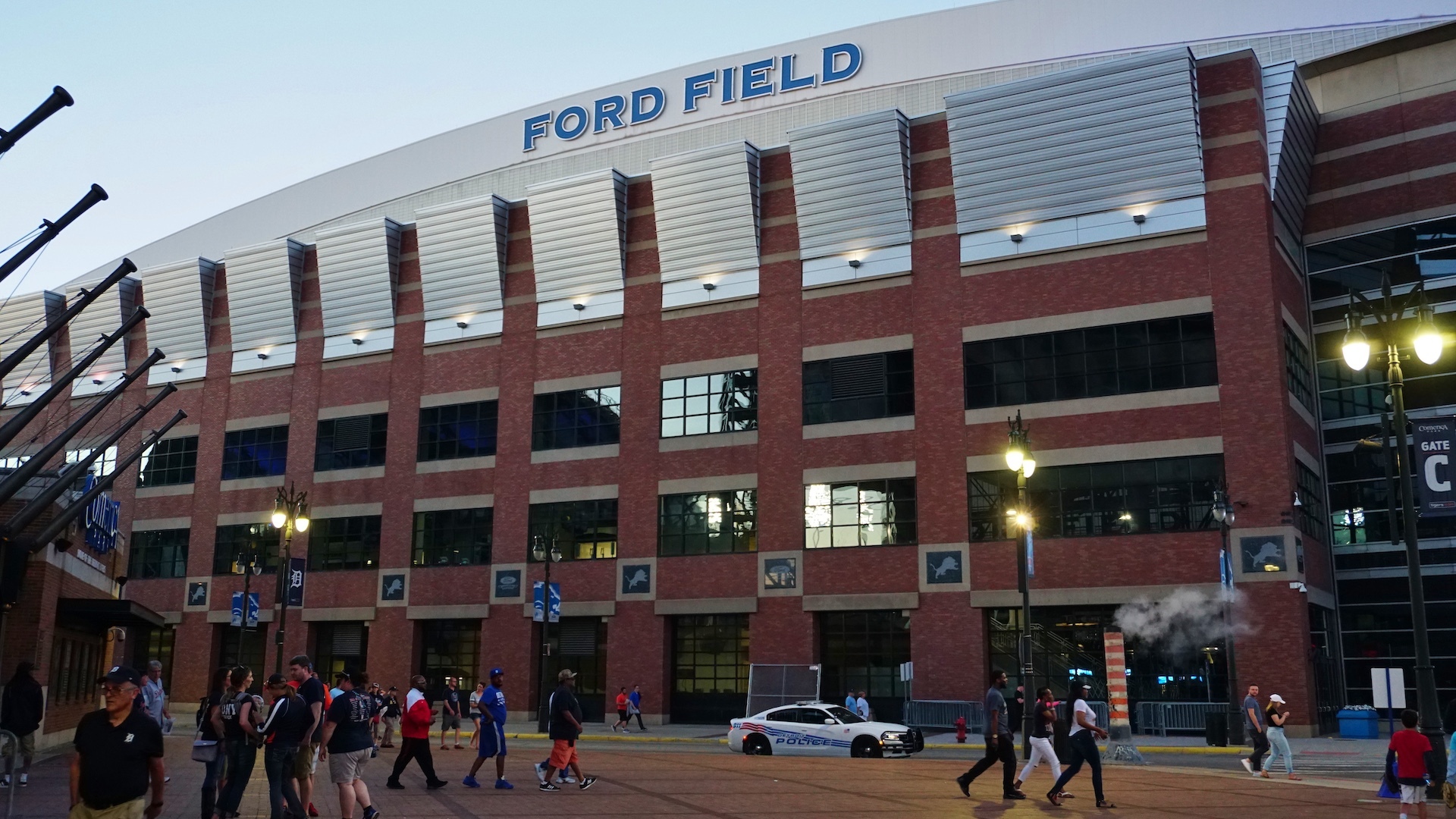
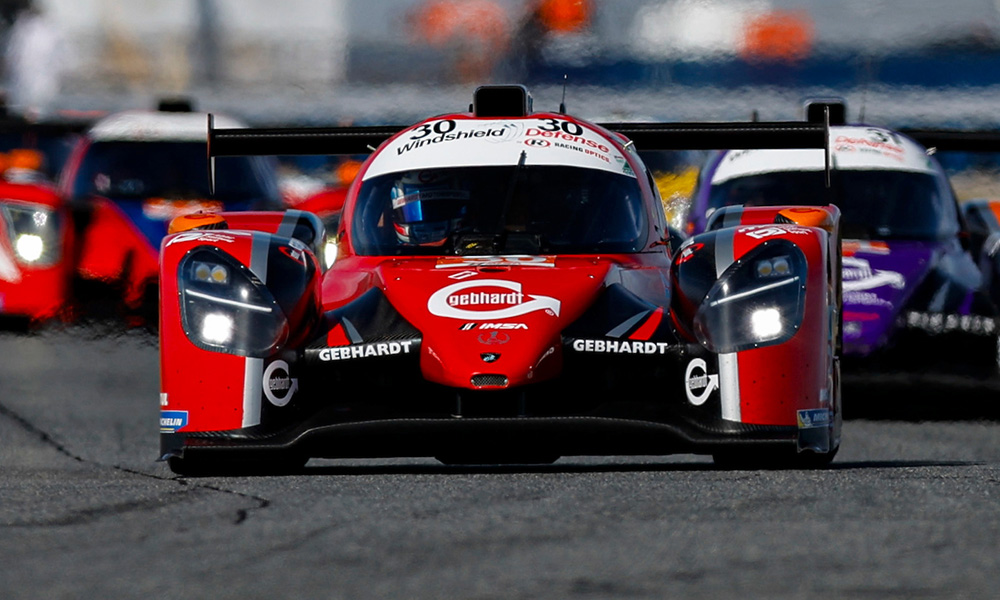







/cdn.vox-cdn.com/uploads/chorus_asset/file/24435316/STK150_Bing_AI_Chatbot_02.jpg)








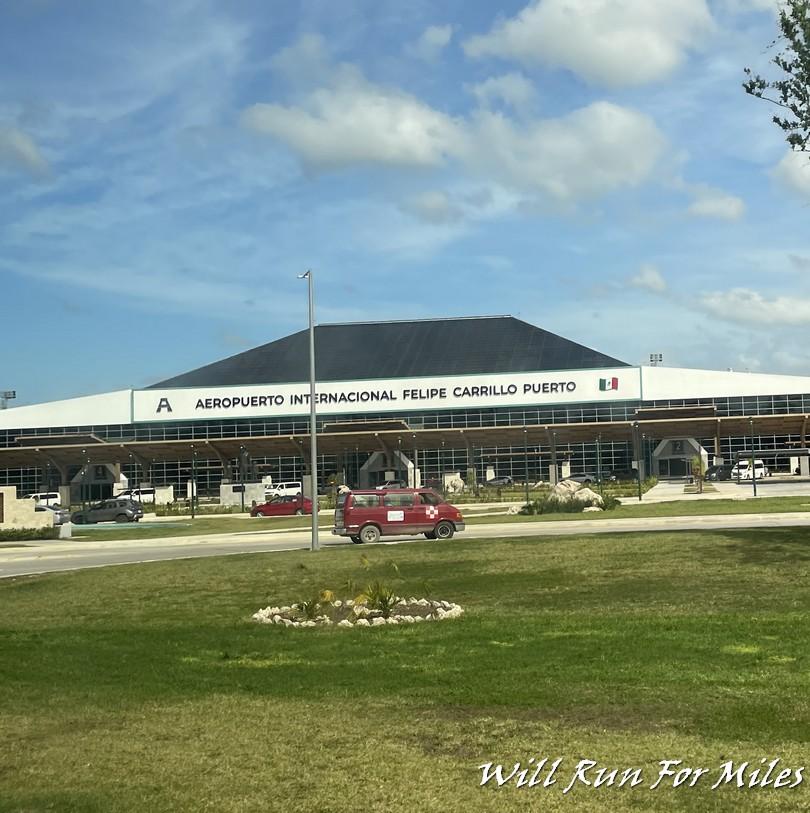

![United Passenger’s Upgrade Mishap Sparks Seat Loss—Here’s the Critical Step to Avoid It [Roundup]](https://viewfromthewing.com/wp-content/uploads/2018/09/20170607_112204.jpg?#)








